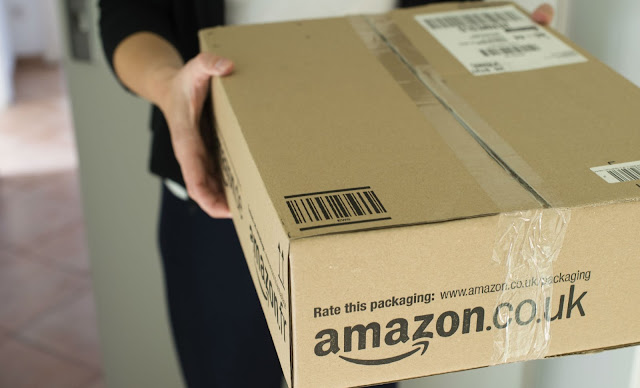A few years ago, the San Francisco City Council ordered that an advertising campaign be stopped. They did not give it a day's worth of life when they forced it out. The campaign was at the bus stops and was an olfactory marketing. Bus stops smelled like cookies to boost a milk brand. City officials feared that it would be too annoying and had an effect on people with allergies. Despite this, it is not difficult to find on the internet photos that leave a trace of what happened: those who waited for the bus appear to have a dreaming face smelling those cookies.
The idea is not particularly new. The truth is that in recent times olfactory marketing has become a kind of 'must' that everyone has to do, from the big chains to the smallest. Everyone seems to already have their fragrance. Smell is one more element when it comes to branding.
However, and although the smell is the one that has become fashionable lately, it is not the only sense that can be taken into account when making a marketing strategy and is not the only one that impacts on the decisions and the relationship of consumers with brands, products, companies and even stores. The visual has traditionally been one of the elements that has been taken into account and has been analyzed and worked, but it is not the only one of the senses that impact consumer decisions. In fact, it could be said that all the senses modify how we perceive things and that, strange as it may seem, they are all in play at all times.
The effect also changes the perception of the receiver between the moment and the senses. That is, talking about perceived sensations 'now' is much more efficient than talking about remembered sensations. To make it clear: a review on a restaurant works best if the commentator says he is eating right now and everything tastes great that he says he was there last week and everything tasted great. The closer we are to the temporal perception of the senses, the more weight we give to it.
The distance and the senses
All of this implies not only that marketers have to use their senses and appeal to them to sell, but also that they have to take into account which they play at each moment and why. Sight and hearing, which are more distant sensory experiences, help sell products and experiences away from what the consumer is doing now or shopping in the future. If the company wants to sell already or something that will happen at this very moment, they have to resort to touch or smell.
The senses also have a different weight depending on who we buy. If we are buying something for a close person, such as a coworker when you have to make a gift, we use sight and hearing as decisive elements. But if we buy something for someone very close, we rely more on what is linked to touch or taste.
https://www.aihello.com/resources/blog/how-the-5-senses-affect-purchasing-decisions-and-how-they-do-it-differently/
The idea is not particularly new. The truth is that in recent times olfactory marketing has become a kind of 'must' that everyone has to do, from the big chains to the smallest. Everyone seems to already have their fragrance. Smell is one more element when it comes to branding.
However, and although the smell is the one that has become fashionable lately, it is not the only sense that can be taken into account when making a marketing strategy and is not the only one that impacts on the decisions and the relationship of consumers with brands, products, companies and even stores. The visual has traditionally been one of the elements that has been taken into account and has been analyzed and worked, but it is not the only one of the senses that impact consumer decisions. In fact, it could be said that all the senses modify how we perceive things and that, strange as it may seem, they are all in play at all times.
The effect also changes the perception of the receiver between the moment and the senses. That is, talking about perceived sensations 'now' is much more efficient than talking about remembered sensations. To make it clear: a review on a restaurant works best if the commentator says he is eating right now and everything tastes great that he says he was there last week and everything tasted great. The closer we are to the temporal perception of the senses, the more weight we give to it.
The distance and the senses
All of this implies not only that marketers have to use their senses and appeal to them to sell, but also that they have to take into account which they play at each moment and why. Sight and hearing, which are more distant sensory experiences, help sell products and experiences away from what the consumer is doing now or shopping in the future. If the company wants to sell already or something that will happen at this very moment, they have to resort to touch or smell.
The senses also have a different weight depending on who we buy. If we are buying something for a close person, such as a coworker when you have to make a gift, we use sight and hearing as decisive elements. But if we buy something for someone very close, we rely more on what is linked to touch or taste.
https://www.aihello.com/resources/blog/how-the-5-senses-affect-purchasing-decisions-and-how-they-do-it-differently/


